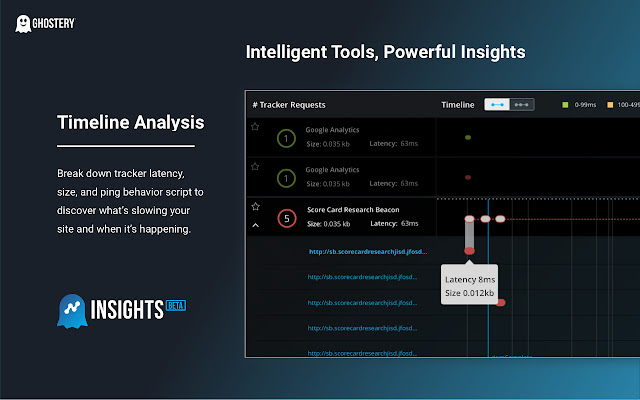
How is Profitability Measured in a Prop Firm Program?
Imagine stepping into a trading firm, where your skill isn’t just judged by how much you make—its also about how you make it and sustain it over time. Prop trading has exploded in popularity, offering traders a pathway to collaborate with capital and sharpen their skills without risking their own money. But here’s the question many new traders ask: How do prop firms actually measure profitability? It’s not a simple "profit or loss" check; it’s a dance of metrics, risk control, and consistent execution.
Let’s break down how profitability in a prop firm isn’t just about tallying numbers — it’s a multi-layered process that balances risk, skill, and strategy. Whether you’re trading forex, stocks, crypto, futures, or options, understanding this can help craft a path to consistent success and, ultimately, long-term profitability.
Performance Metrics: More Than Just Gross Profit
When traders think of profitability, they often picture making money — but prop firms look deeper. They evaluate a mix of performance metrics, including:
-
Profitability Rate: How often are you profitable? Some traders might have a handful of big wins but more small losses, while others might keep a steady pace of small gains. A prop firm looks for consistency over time, not just a big win once in a while.
-
Risk-Adjusted Return: This metric considers how much risk you’re taking to generate returns. A trader who makes a hundred bucks on a trade that risks fifty might be viewed more favorably than someone who makes the same on a trade risking five dollars. Sharp ratios and drawdowns are indicators here.
-
Win/Loss Ratio: While not the full story, it influences how profits are viewed. High ratios suggest discipline and consistency.
-
Gross vs. Net Profit: Gross profit is the total gains, but net profit accounts for commissions, fees, and the costs of trading. Many traders focus solely on gross—yet pro firms want the net figure that shows true effectiveness.
Imagine a retail trader who hits a huge jackpot once but loses repeatedly otherwise. For a prop firm, that’s less impressive than steady, consistent gains, even if the total over time is similar.
Risk Management: The Heartbeat of Profitability
Profitability isn’t just about making money—it’s about keeping it. Prop firms set strict risk parameters. Your ability to stay within these limits determines whether you’re a profitable trader or just someone chasing big wins.
-
Max Drawdown Limits: If your losses exceed certain thresholds, you’re out. For many firms, this means a trader’s drawdown can’t hit a percent of their capital—often around 5-10%. Staying disciplined helps ensure that even a streak of losses doesn’t wipe out profitability.
-
Position Sizing and Leverage: Proper sizing prevents large swings that can threaten your account. Traders who master this are better equipped to generate steady profits over time.
-
Risk-Reward Ratio: Many profitable trading strategies in prop firms have a favorable risk-reward ratio—say, risking 50 dollars to make 100 dollars — which, over many trades, tips the scales toward profitability.
And if traders ignore risk, no amount of skill or strategy will generate profitability in the long run. Think of it like learning to drive: speed and skills are great, but knowing when to brake and steer keeps you on the road.
Trading Strategies & Asset Classes: Diversification & Focus
Prop firms often allow trading across multiple asset classes—forex, stocks, crypto, commodities, options, andindices. That diversification can be a major advantage, exposing traders to different market conditions and reducing risk.
-
Forex: Known for liquidity and 24-hour trading, forex suits traders who like quick scalps and technical patterns. Profitability here often relies on tight spreads and leverage management.
-
Stocks & Indices: These provide opportunities for longer-term trading and are often less volatile than crypto but require patience and fundamental analysis to succeed.
-
Crypto & Commodities: Volatility can be a double-edged sword; it offers high profit potential but also high risk, demanding careful risk controls.
-
Options & Futures: These introduce strategies involving leverage and time decay—giving traders the chance to hedge risks or amplify profits if used skillfully.
A winning trader learns how to adapt strategies across these assets, balancing risk and potential returns for maximum profitability.
The Future of Prop Trading: Decentralized Markets & Next-Gen Tech
The landscape of prop trading is changing fast. Decentralized finance (DeFi) has introduced transparent, permissionless markets—where anyone can trade without traditional gatekeepers. However, that comes with its own hurdles: security issues, high volatility, and regulatory uncertainties.
The rise of artificial intelligence and smart contracts promises to revolutionize trading. Automated systems executing trades based on complex algorithms can adapt to market shifts in real time, potentially increasing profitability while reducing human error. Still, it’s a double-edged sword—AI models need constant tuning, and reliance on automation introduces new risks.
Looking ahead, we might see prop firms incorporating these technologies, combining human intuition with machine precision. But the core remains: profitability hinges on disciplined risk management, consistent strategy, and continuous learning.
Why Profitability in Prop Trading Matters
In essence, if you want to succeed with a prop firm, you need to look beyond fleeting wins. Profitability is a layered achievement—balancing solid returns with smart risk control, strategic asset class choice, and adapting to evolving markets and tech.
Remember, trading isn’t just about hitting high notes; it’s about playing the symphony consistently. Bright sides emerge when you master the art of measuring, managing, and scaling your profits.
Trade smart, manage your risk, and let your profitability tell the true story. Whether you’re navigating the forex waves, crypto storms, or stock currents, profitability isn’t just a goal—it’s a process. And the future? It’s all about innovation, automation, and more opportunities than ever before. Are you ready to ride the wave?

